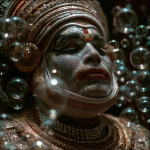Explore the Best AI Image Gallery
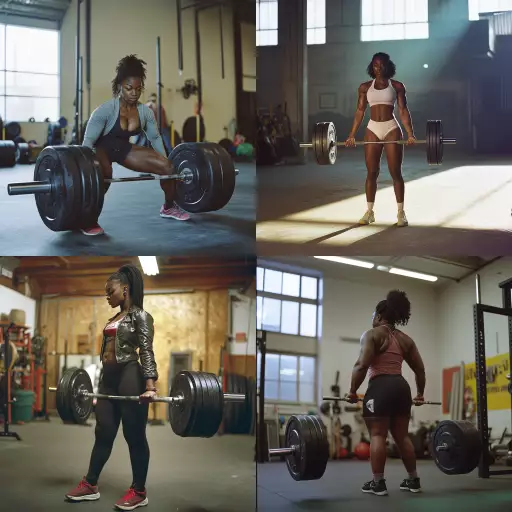
Pixels on Canvas: How AI Images are Reshaping Design
The world of design is undergoing a seismic shift. No longer confined to traditional methods, designers now wield the power of artificial intelligence (AI) to generate stunning visuals with unprecedented speed and complexity. This burgeoning technology, known as AI image generation, is disrupting every facet of the creative industry, from logo design and marketing materials to website layouts and even fine art.
A New Creative Frontier
AI image generators are essentially sophisticated algorithms trained on massive datasets of images and text. They learn the intricate patterns and relationships within these datasets, allowing them to produce original images based on user-provided prompts or parameters. Imagine describing your ideal logo to an AI – specifying its style, colors, and even symbolic elements – and having the algorithm generate several unique options for you to choose from. This eliminates the need for lengthy design processes and opens doors to countless creative possibilities.
Applications Across Industries
The applications of AI image generation in design are truly vast and continue to expand.
- Branding and Marketing: AI can create eye-catching logos, social media graphics, and marketing collateral that capture attention and effectively convey brand identity.
- Web Design: Generate unique website backgrounds, illustrations, and icons to personalize websites and enhance user experience.
- Product Design: Explore and visualize different product concepts, materials, and color combinations before committing to physical prototypes.
- Publishing and Print Media: Create custom illustrations, cover art, and internal graphics for books, magazines, and other printed materials.
- Fine Art: Push the boundaries of artistic expression by generating abstract or surreal artwork based on emotional themes or concepts.
Ethical Considerations
The rise of AI image generation raises important ethical considerations that designers and users must address:
- Copyright and Ownership: Questions arise regarding the ownership of AI-generated images. Who holds the copyright – the user who provided the prompt, the developer of the AI algorithm, or the AI itself?
- Bias and Representation: AI models are trained on existing datasets, which can contain biases that reflect societal prejudices. This can result in AI-generated images perpetuating harmful stereotypes or overlooking diverse perspectives.
- Job Displacement: The automation capabilities of AI may lead to concerns about job losses for human designers. Its crucial to consider the impact on the workforce and explore ways to integrate AI as a collaborative tool rather than a replacement for human creativity.
The Future of Design
AI image generation is poised to revolutionize the design industry in profound ways. As technology advances, we can expect:
- More sophisticated AI models: Generating images with even greater realism, detail, and stylistic diversity.
- Increased accessibility: User-friendly platforms and tools will make AI image generation accessible to a wider range of users, empowering individuals and small businesses.
- Hybrid approaches: A seamless collaboration between human designers and AI, leveraging the strengths of both to create innovative and impactful designs.
The future of design is undoubtedly intertwined with AI. By embracing this transformative technology responsibly and ethically, we can unlock a new era of creativity and empower designers to push the boundaries of imagination.
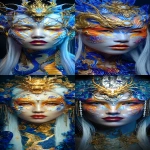


](https://images.ai-img.art/thumbnails/150/269414b0e541026702e9e67c67602c96162f37ff460a388b3b36314c8fc936dd.webp)

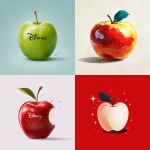

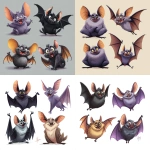


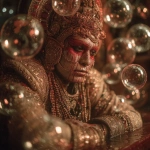











](https://images.ai-img.art/thumbnails/150/485c8b1c747827bdc9a962f8a1919b3c259b18dd263b260208a1eae19fb85e07.webp)




](https://images.ai-img.art/thumbnails/150/2fbd98ecfc425cfc1597779121e1c0305437067779e9c471eb64ff9615d5be98.webp)

](https://images.ai-img.art/thumbnails/150/3020b8c2b6d9be07e042357107af1de10deb274a41d2b0f332684ad4b532a702.webp)




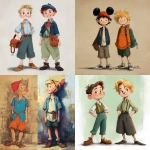
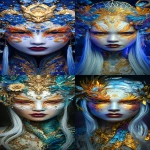
](https://images.ai-img.art/thumbnails/150/8d1fe5a7a49cfc96747182431a853357913286d89258383caab2d3b4681afcb5.webp)



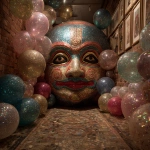

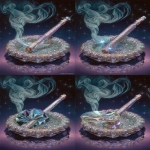
](https://images.ai-img.art/thumbnails/150/5197af8969d850e2a43e141d41e482ccbceedebceb2a4caf9f098f943f9d1b0f.webp)
